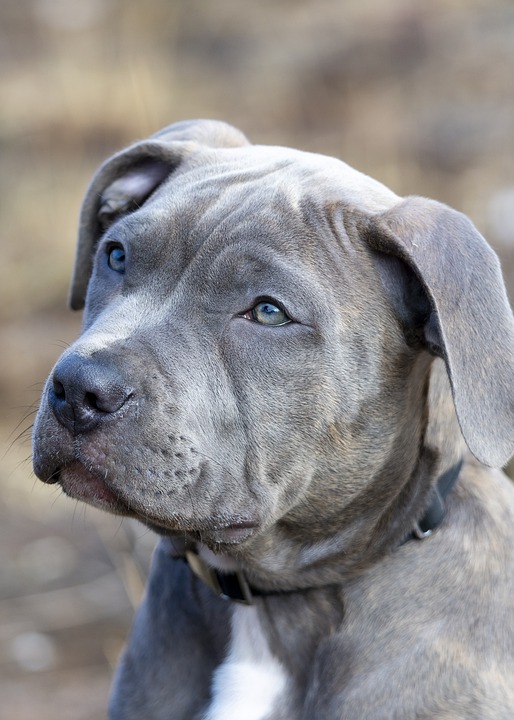Welcoming a new furry friend into your home is an exciting and rewarding experience. However, it’s important to recognize that the transition can be overwhelming for dogs. To ensure a smooth adjustment, it’s crucial to provide a supportive environment and implement appropriate strategies. In this article, we will explore various techniques to help your dog settle into their new home and address common concerns through a FAQ section.
Understanding the Challenges Dogs Face
Recognizing the Impact of Change: Dogs are creatures of habit, and any change in their environment can be distressing. Moving to a new home introduces unfamiliar sights, smells, and sounds, leading to anxiety or stress.
Separation Anxiety: Dogs may experience separation anxiety during the adjustment period, as they may feel overwhelmed or lonely when separated from their previous owners or fellow animals.
Establishing New Routines: Adjusting to a new home involves adapting to new feeding, exercise, and bathroom routines, which can cause confusion or accidents in the beginning.
Preparing Your Home for Your New Dog
Create a Safe Space: Designate a cozy and secure area in your home where your dog can retreat to when they need some alone time or feel overwhelmed.
Introduce Familiar Smells: Bring along items from your dog’s previous home, such as bedding or toys, to provide a sense of familiarity and comfort.
Ensure a Dog-Proof Environment: Remove any potentially hazardous objects or substances, secure loose cords, and close off access to areas that may pose a danger to your dog.
Establishing a Routine
Stick to a Schedule: Establish a consistent routine for feeding, exercise, and bathroom breaks. This predictability helps dogs feel secure and reduces anxiety.
Gradual Introductions: Introduce your dog to new places, people, and animals gradually, allowing them to acclimate at their own pace. Overwhelming them with too many new experiences can be counterproductive.
Positive Reinforcement: Reward desired behaviors to encourage your dog’s confidence and positive association with their new surroundings. Use treats, praise, and playtime to reinforce good behavior.
Addressing Separation Anxiety
Gradual Alone Time: Gradually increase the amount of time your dog spends alone, starting with short periods and gradually extending them. This helps them develop independence and reduces separation anxiety.
Interactive Toys: Provide interactive toys or puzzles to keep your dog mentally stimulated while you’re away. These toys can help distract them and make the time apart easier.
Seek Professional Help: If your dog’s separation anxiety persists or worsens, consult a professional dog trainer or behaviorist who specializes in separation anxiety to develop a tailored plan.
FAQs – Helping Dogs Adjust to a New Home
How long does it take for a dog to adjust to a new home? The adjustment period varies for each dog. It can take anywhere from a few days to a few months for them to fully settle into their new environment.
Should I keep my dog on a leash when introducing them to the new home? Yes, it’s recommended to keep your dog on a leash during the initial introductions to prevent them from getting overwhelmed or running away. Gradually allow off-leash exploration once they feel more comfortable.
What can I do to ease my dog’s anxiety during the adjustment period? Providing a safe space, maintaining a routine, and incorporating positive reinforcement techniques can help ease your dog’s anxiety during this transitional phase.
What if my dog refuses to eat or has accidents in the house? Loss of appetite and accidents can be common during the adjustment period. Ensure you are offering familiar food, maintain a consistent feeding schedule, and use positive reinforcement to encourage proper bathroom habits.
Is crate training beneficial during the adjustment period? Crate training can be beneficial as it provides a secure space for your dog to retreat to and can aid in establishing a routine. However, it should be approached with patience and positive reinforcement, ensuring the crate is associated with positive experiences.
Conclusion
Helping your dog adjust to a new home requires patience, understanding, and consistency. By creating a supportive environment, establishing routines, and addressing any separation anxiety, you can ensure a smooth transition for your furry companion. Remember, every dog is unique, so be prepared to adapt your approach to suit their specific needs. With time, love, and guidance, your new pet will settle into their new home and become an integral part of your family.









